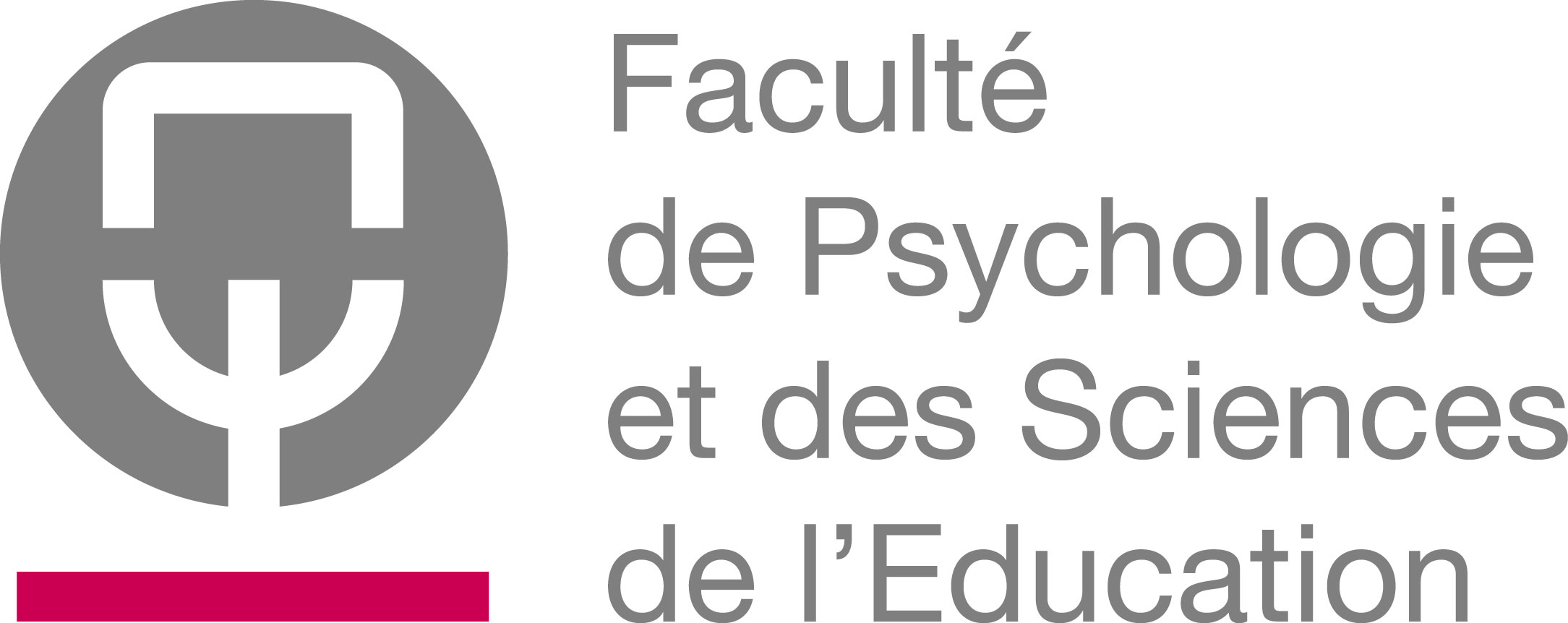 | Study programme 2018-2019 | Français | |
 | Behavioural Approach to Learning | ||
Activité d'apprentissage à la Faculty of Psychology and Education |
| Code | Lecturer(s) | Associate Lecturer(s) | Subsitute Lecturer(s) et other(s) |
|---|---|---|---|
| P-SEOC-151 |
|
| Language of instruction | Language of assessment | HT(*) | HTPE(*) | HTPS(*) | HR(*) | HD(*) | Term |
|---|---|---|---|---|---|---|---|
| Français | Français | 10 | 20 | 0 | 0 | 0 | Q2 |
Content of Learning Activity
Principles of the clinical educational intervention - Priorities and objectives in learning - Tools of observation and measuring - Increasing a behavior - Teaching a new behavior - Discrimination training - Maintenance and generalization - Elaborating and applying a behavioural learning program - Procedures for verification of causality - All details are in the Teaching Guide.
Required Learning Resources/Tools
Magerotte, G. & Willaye, E. (2010),<em> Manuel d’Intervention Comportementale Clinique</em>. Bruxelles : De Boeck. · Magerotte, G., Deprez, M. & Montreuil, N. (2014). <em>Pratique de l’intervention individualisée</em>. Bruxelles : De Boeck Alberto, P., & Troutman, A. C. (2013). Applied behavior analysis for teachers. Boston: Pearson.
Recommended Learning Resources/Tools
Learning Guide on the web platform Moodle Exercices and correction Slides Powerpoint on the web platform Moodle correction of public exercices
Other Recommended Reading
Willaye, E. & Magerotte, G. (2008). <em>Evaluation et intervention auprès des comportements-défis. Déficience intellectuelle et/ou autisme</em>. Bruxelles : De Boeck-Université. Cooper, John O., Heron, Timothy E.,Heward, William L.. (2007) <em>Applied behavior analysis</em>. Upper Saddle River, N.J. : Pearson/Merrill-Prentice Hall. Miltenberger, R. G. (2008). <em>Behavior modification: Principles and procedures.</em>Belmont, CA: Thomson Wadsworth.
Mode of delivery
- Face to face
Type of Teaching Activity/Activities
- Cours magistraux
- Exercices dirigés
Evaluations
The assessment methods of the Learning Activity (AA) are specified in the course description of the corresponding Educational Component (UE)